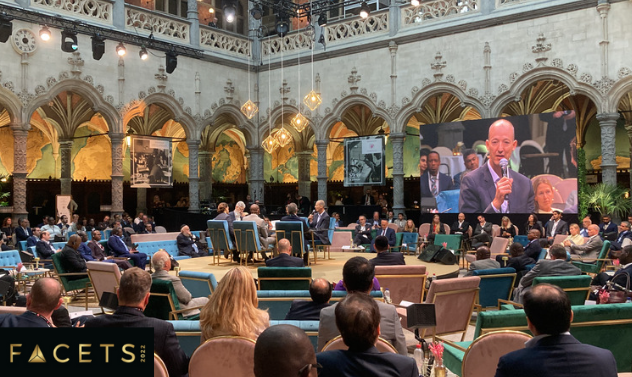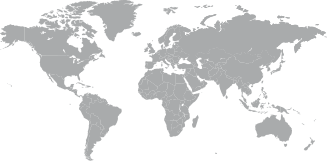Last month, Facets 2022 saw the diamond industry’s top experts, retailers, traders and stakeholders, as well as politicians gather at the Antwerp World Diamond Centre to discuss the future of the diamond sector. During the two-day event, numerous panels held discussions covering our industry from multiple angles.
Sarine CEO David Block spoke on the first panel titled "Building Sustainable Diamond Economies". Joining him in the discussion was Ravi Bhansali, the Managing Director at Rosy Blue, Bonas Group Managing Director Philip Hoymans, Sahag Arslanian, Managing Director at Arslanian Group and James MnYupe, the special advisor to the president of Namibia. Moderating the panel was esteemed diamond industry analyst Edahn Golan.
The Diamond Sector’s Unexpected Change
The panel kicked off with a look at where the industry stood before the COVID-19 pandemic and where it stands now. Three years ago, the diamond industry was on a downward spiral and dissatisfaction and a lack of confidence could be felt across the entire pipeline, but especially in the midstream. However, that all changed with the pandemic.
As pointed out by Ravi Bhansali, the impact of the pandemic served as a necessary reset for the diamond industry. The aftermath of the pandemic saw two major changes down the pipeline. Firstly, it saw players embracing their strengths and seeking out opportunities for added value and new propositions. Secondly, the mining sector, midstream and retail became more in sync than ever.
Amid talks about COVID-19 being a blessing in disguise that streamlined the industry and synced up the pipeline, Mr. Block stated, “I think Covid really shocked the industry and forced it to make change, and you know human beings, we don’t like change and what I can see is happening now, talking about the future of our industry, I think what needs to happen is the connection between the pipeline. I think the key to that is data. And how you use the data in the industry to connect up the efficiencies and make a more efficient pipeline.”

The Importance of Data
With the mention of data, panel moderator Edahn Golan addressed James MnYupe and asked about the importance of gems in Namibia. The heritage of diamonds in Namibia goes back over 100 years and plays a huge socio economic role in the country, as it is the largest source of the government’s revenue.
When talking about Namibia’s diamonds and traceability data, added value to country's gems is practically guaranteed, especially when keeping in mind millennial consumers and their demand for sustainable gems with stories. James remarked that buying natural diamonds from Namibia means a revenue that gets distributed across the entire country and isn’t something that’s shared between a few billionaires.
Building on this, he later talked about green diamonds and Namibia’s abundant amount of renewable energy and space. It currently stands as the second least densely populated country in the world, which makes them a major player in terms of clean molecules. Diamond traceability solutions would allow people to see that a diamond bought from Namibia has an extremely low carbon content, which is great when global warming and climate change are hot topics around the globe.
Reflecting the Consumer
Ravi confirmed the importance of this when he stated that in the past the focus was strictly on price and product, however, today the diamond industry, especially the retail sector needs to reflect the consumer, and thus we need a purpose driven diamond with a journey.
The answer to reflecting consumer needs and evolving our industry further is transparency. Philp Hoymans stated, “Transparency is very important to us. Bringing original mine productions to the market means transparency both upstream and downstream. You need to be transparent towards your vendor, the mining companies or producing countries you work with and transparent towards the clients that come to us and buy from us. The partnership with Sarine is also a very good example of that, where we have a platform to create that traceability.”
Fully Traceable Diamond Sector
With transparency clearly being the pathway to a sustainable diamond economy, Edhan Golan asked, “David, considering that you trace diamonds, so this is part of the confidence, primarily through polishing and retail, how far are we from technically and economically being able to trace diamonds of all sizes from mine extraction to retail sale?”
David responded by saying, “I think there are four main pillars to reach where you said that every diamond will be possible to trace. First of all, there’s the technology. Technology has been evolving for a number of years now. It’s quite advanced now and there are very advanced capabilities of tracking individual diamonds. But that’s only one part of the equation. You need to do it cost effectively. You need to be able to do it on scale”
He continued by saying, “The last is the engagement of the entire pipeline. This is very challenging. You're talking about taking a lot of different players. The miners, the tender houses, the manufacturers, the wholesalers, the retailers and connecting that up all together.”
We'll get there, I have no doubt about it. From the technology point, we’re already working on going through the smaller sizes, scaling up capacity. From the beginning of this year until last month August, we have been tracing and tracking ten times the amount we were in January. So, it’s scaling up, it’s ramping and there is more engagement by the mines, the manufacturers and the retailers themselves, so I have no doubt we’re going to get there.
In Closing…
After looking at the Facets 2022 panel "Building Sustainable Diamond Economies”, gem enthusiasts can rest assured that the diamond industry is going to continue to evolve in the direction of high efficiency, transparency and sustainability.
To delve into the whole Facets 2022 event click HERE!




-1.jpg?width=310&name=blog_image%20(003)-1.jpg)





